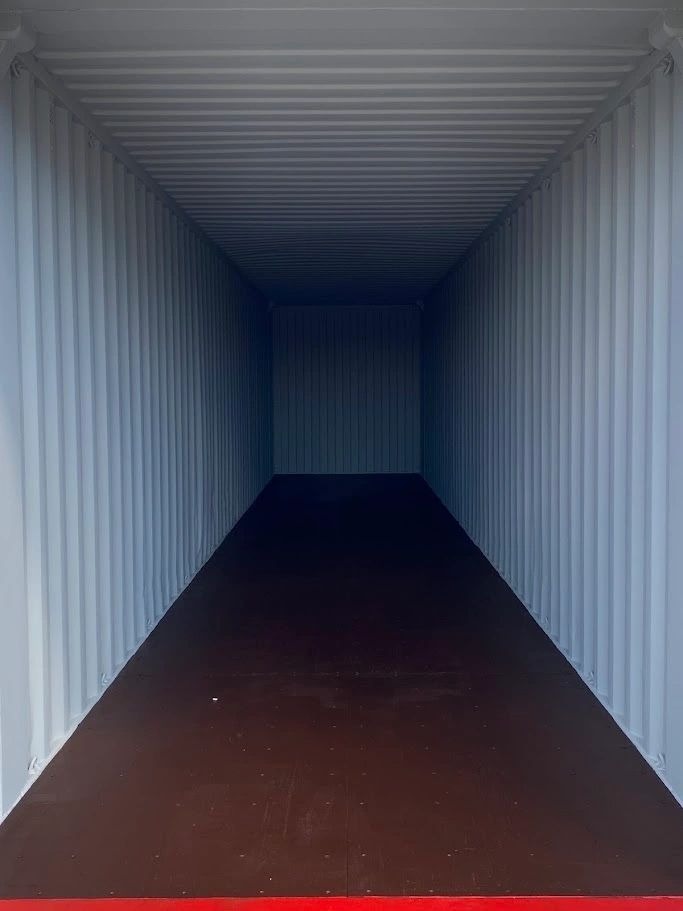Five Things Everybody Gets Wrong About Flat Rack Containers

Understanding Flat Rack Containers: A Comprehensive Guide
Worldwide of shipping and logistics, efficiency and expertise are crucial factors for success. Amongst the numerous kinds of containers used in freight transport, flat rack containers have acquired substantial recognition for their distinct design and operational adaptability. This blog post will dive into the intricacies of flat rack containers, their usages, advantages, and the reasons they are significantly preferred in today's transport scenarios.
What is a Flat Rack Container?
A flat rack container is an open-top container with retractable sides that can bring large cargo which can not fit in standard shipping containers. This design permits maximum packing versatility and is especially helpful for shipping heavy, large products.
Key Features of Flat Rack Containers
- Open Design: The lack of walls or roofs enables the transportation of big items.
- Collapsible Sides: Sides can be folded down to assist in easy loading and discharging.
- Versatile: Useful for various industries, from construction to oil and gas, enabling the transportation of machinery, lorries, and other large devices.
Common Dimensions of Flat Rack Containers
| Container Type | Length (ft) | Width (feet) | Height (ft) | Max Cargo Weight (pounds) |
|---|---|---|---|---|
| 20' Flat Rack | 20 | 8 | 8.5 | 44,000 |
| 40' Flat Rack | 40 | 8 | 8.5 | 67,200 |
The table above summarizes the most common sizes of flat rack containers along with their maximum cargo weight capabilities, illustrating their ability of bring substantial loads.
Applications of Flat Rack Containers
Flat rack containers are extensively used in different markets. Here are some main applications:
- Heavy Machinery Transport: Ideal for shipping construction devices, agricultural machines, and industrial machinery which are too high or too wide for regular containers.
- Agricultural Products: Bulk shipping of farming items such as tractors, harvesters, or products that require unique handling.
- Project Cargo: Often made use of for logistical tasks where big components like turbines, industrial structures, or plant parts need to be transported.
- Shipping Vehicles: Flat racks are the basic option for shipping cars and trucks, trucks, and even boats that can not be accommodated in basic containers.
Advantages of Using Flat Rack Containers
Comprehending the advantages of flat rack containers can better notify shipping choices. Here are a couple of advantages:
- Cost-Effective: Due to their design, flat rack containers can often transport larger loads at a lower cost than shipping with multiple basic containers.
- Flexible Loading Options: The open design allows for numerous filling choices through cranes, forklifts, or sliding on from a dock or flatbed.
- Lowered Risk of Damage: With proper protecting mechanisms, the danger of damage throughout transit can be minimized, especially for bulky devices.
- Eco-friendly: Better usage of container area leads to fewer journeys, potentially decreasing the carbon footprint associated with transport.
Downsides to Consider
While flat rack containers use different advantages, they also come with some factors to consider that must not be neglected:
- Exposure to Elements: The open design leaves cargo exposed to weather, requiring extra protective measures for delicate items.
- Protecting Cargo: Ensuring the cargo is correctly protected is important, as improper protecting can cause damage throughout transit.
- Limited Availability: Depending on the area and demand, flat rack containers can sometimes be more difficult to discover compared to standard containers.
FAQ (Frequently Asked Questions)
1. What types of cargo are best suited for flat rack containers?
Flat rack containers are best suited for extra-large and heavy cargo, such as commercial machinery, construction devices, lorries, and products that can not fit in standard containers.
2. Can flat rack containers be stacked?
Flat rack containers can be stacked when loaded if they are effectively protected. However, COG Containers LTD is required due to the open design.
3. How do you protect cargo in a flat rack container?
Cargo on flat rack containers must be protected using chains, straps, or cable televisions to avoid motion throughout transit. Each load may require a personalized securing option based upon shape and weight.
4. What are the dimensions of flat rack containers?
Standard flat rack containers been available in 20-foot and 40-foot sizes. The dimensions may vary a little depending on the manufacturer however normally follow ISO specifications.
5. Are flat rack containers appropriate for worldwide shipping?
Yes, flat rack containers adhere to global shipping standards and are often used for cross-border transport.
Flat rack containers provide a versatile and cost-effective solution for shipping heavy or extra-large goods. Their unique design permits simple loading and unloading, while the capability to protect big cargo reduces the threat of damage during transit. Regardless of their disadvantages, such as exposure to aspects and the requirement for mindful cargo securing, flat racks are becoming important in the logistics market. Understanding when and how to utilize flat rack containers can lead to more efficient shipping practices, helping businesses improve their operations and broaden into new markets.
As the shipping landscape continues to progress, the role of specialized containers like flat rack containers will unquestionably remain substantial in fulfilling the demands of global trade.

